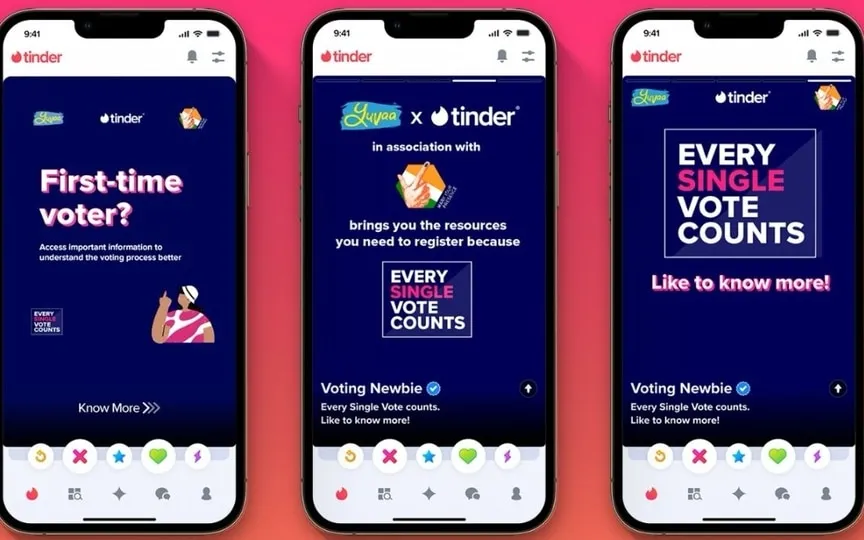LinkedIn sees job fraud on the rise through fake job offers and phishing
According to the report, fake job offers and phishing scams are on the rise on LinkedIn, with half of companies (56%) worldwide experiencing at least one LinkedIn scam this year.
According to NordLayer, an online security solution for businesses, a fake job offer is the most common scam (48 percent) and reputational damage (48 percent) was the main result of LinkedIn scams.
The results showed that almost half of companies (45 percent) are aware of a LinkedIn scam using their organization’s brand name.
“LinkedIn’s primary mission – to build a career – is to deliver one of the most common scams on LinkedIn, fake job offers. With 117 job applications sent on the platform per second, scammers have the perfect environment to create legitimate-looking jobs to collect personal information or money. .
Another common scam is LinkedIn phishing, where an actor impersonates a famous company or professional using fake profiles to send unsolicited messages or emails asking for sensitive information.
“Furthermore, receiving a contact invitation is common on the platform. Fraudsters use this communication culture to start a conversation and share a link to malicious content that they expect LinkedIn users to click on.”
Scams are divided into two main categories. The first is to target individuals or impersonate LinkedIn users. Another is the corporate level, which operates under a false organization or poses as an established company to increase credibility.
Research data shows that more than a third of survey respondents were aware of multiple scams on LinkedIn using their organization’s name.
Interestingly, the least active fraud awareness processes were found in small companies, with 52 percent of respondents confirming that no one in their organization had such an experience.
Fewer organizations with a LinkedIn company profile may explain this departure from the general trend. The rest of the respondents (47 percent) indicated that employees in their organizations are more likely to participate in the plan, the report said.




